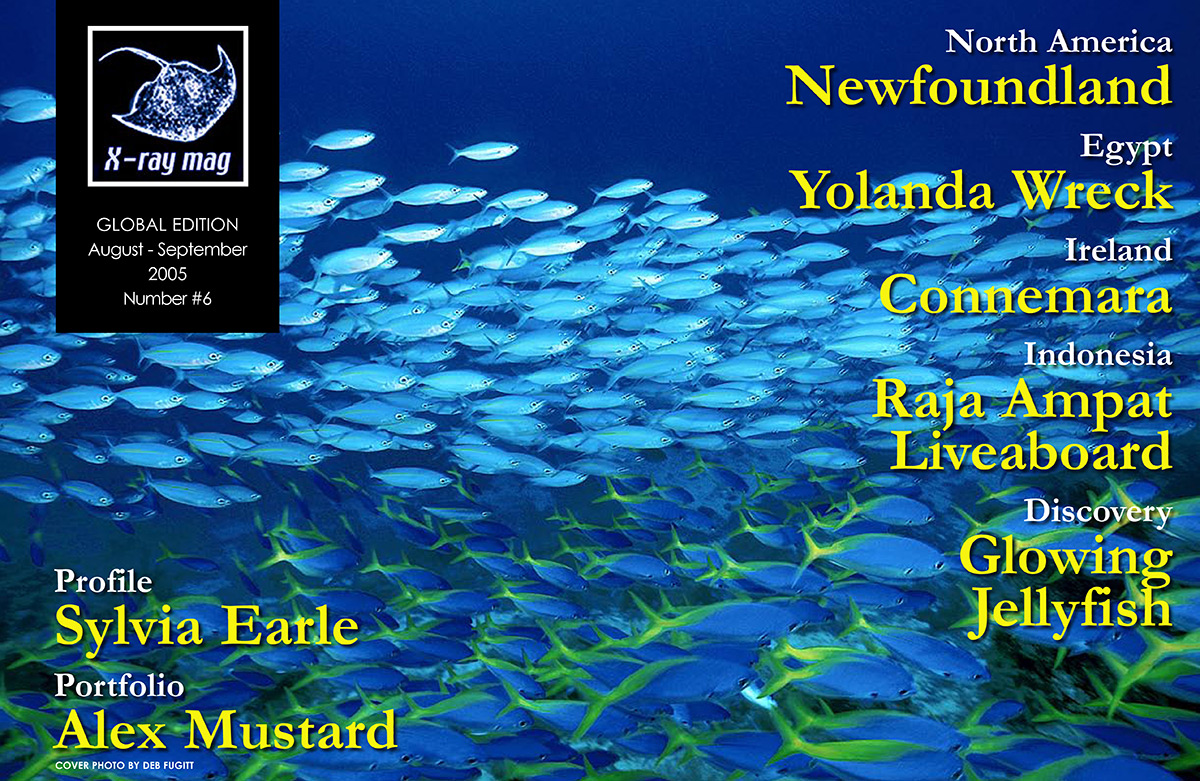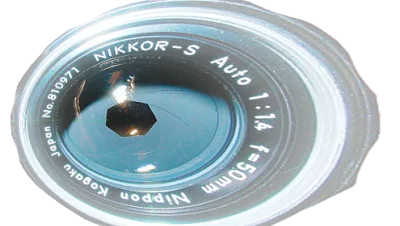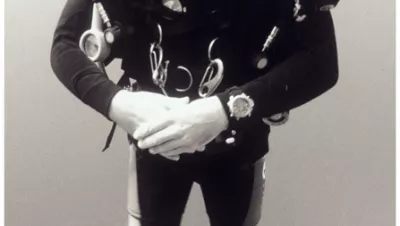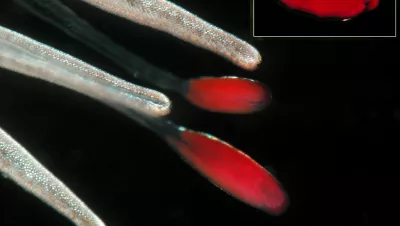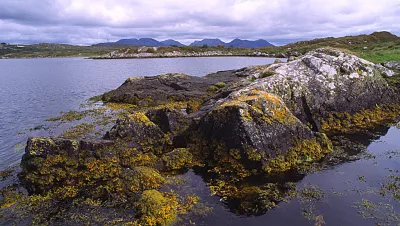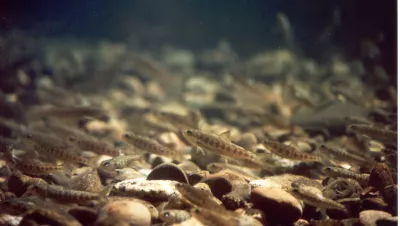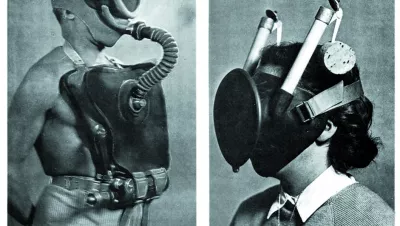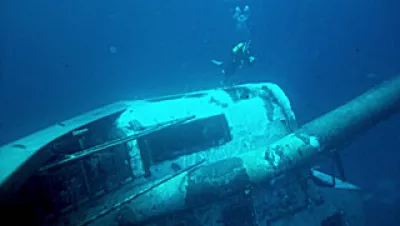In the last issue we looked at the advantages and disadvantages of digital underwater photography compared to traditional film systems. Now we’re going to look at what kind cameras and housings are available on the market today, the costs involved, and which one is right for you.
X-Ray Mag #6
X-Ray Mag Global edition ~50 Mb
Feature articles in this issue with stand-alone pdfs
As another Celebrate the Sea festival wraps up, it is clear that with each year that passes, the show grows stronger and stronger. Staged at Singapore’s Suntec City convention centre from June 3 -5, this year’s festival was truly unforgettable.
Many millions of years ago, a piece of a land broke away from the ancient continent, Gondwanaland, from the place we now know as Morocco, and traveled a long journey westward until it collided with the North American continent a bit to the south of Greenland. The first Europeans who visited this new world in 986 A.D. were the Icelandic Vikings under the command of Thorfinn Karlsefni, but the newcomers did not settle the area for a long time.
Five hundred years later, on June, 24, 1497, eighteen British sailors on the crew ship Matthew under the command of Genoese Captain Giovanni Caboto (in English, John Cabot) made the long crossing over the Atlantic Ocean in search of a sea route to China, but landed instead on the coast of an unknown island. They raised the Union Jack—the British flag—on this island and named it New Found Land.
During our initial open water training, we were all shown how to use a dive table. But did we ever use it again - and is the right tool?
Rebreathers look cool, glitzy, technical and heralded as the future of diving, right? We read a lot about their impressive performances concerning duration of dives, gas economy, extended no deco limits and what not.
Rebreathers look cool, glitzy, technical and heralded as the future of diving, right? We read a lot about their impressive performances concerning duration of dives, gas economy, extended no deco limits and what not.
Named Time magazine’s first “hero for the planet” in 1998, marine biologist Sylvia Earle has pioneered research on marine ecosystems. She has led more than 50 expeditions—that’s more than 6,000 hours underwater. Earle has been an explorer-in-residence at the National Geographic Society since 1998. She holds many diving records, including the women’s depth record for solo diving at a thousand meters (3,300 feet).
Glowing red lures are used by deep-sea jelly to catch fish
Probably about 90 percent of deep-sea animals are bioluminescent. Some jellies use bioluminescence as a defense, i.e. they glow when disturbed in order to light up their predators, making their attackers vulnerable to even larger animals. A few deep-sea fishes and squids have glowing organs that look like lures, but even these animals have never been observed actually using their glowing organs to capture prey.
Sliding into brackish water riddled by a seasonal downpour might not be everybody’s idea of a week-end in the Wild West...but for the frustrated winter diver that I am, there is sometimes nothing like the peaty waters of Connemara.
When we think of the animals of the oceans our first thoughts are generally of whales, sharks, dolphins, tuna fish, and perhaps octopusses. All these have been in the news lately, also in this magazine, for reasons regarding their behaviour or exploitation. These are large animals, and like the lesser food fishes such as salmon and herring, we have many reasons for our interest in them. However, even the very small acquatic creatures such as krill and zooplankton are important because they are at the bottom of the food chains of the larger fish which themselves again are food for those at the top of the chains, we humans. Thus, all marine life in someway or other is important to us.
Coral reef fishes have a life cycle that is divided in two. They begin their life after hatching with a pelagic larval phase, lasting from a week up to two months depending on the species, and ends with a benthic phase, when the fish larvae settles to the coral reef one night. For decades the pelagic phase has been a black box to researchers. Only recently has the lid to this black box been opened.
Raja Ampat in Indonesia is dotted with tiny islands scattered like beads across an area of sea and surrounded by large platform and fringing reef systems.
Cressi-sub sets itself apart by being a company that is entirely controlled by one Italian family, the Cressi family. Since it was founded, to the present day, it has been built on a principle of not basing business on bank loans but on family money alone.
Cressi-sub sets itself apart by being a company that is entirely controlled by one Italian family, the Cressi family. Since it was founded, to the present day, it has been built on a principle of not basing business on bank loans but on family money alone.
I was on a deco stop in the cold waters of the national dive centre in the UK when my thoughts turned to diving the warmer waters of the Red Sea and particularly the wreck of the Yolanda, or should I say, to the question of where the wreck of the Yolanda came to rest.

